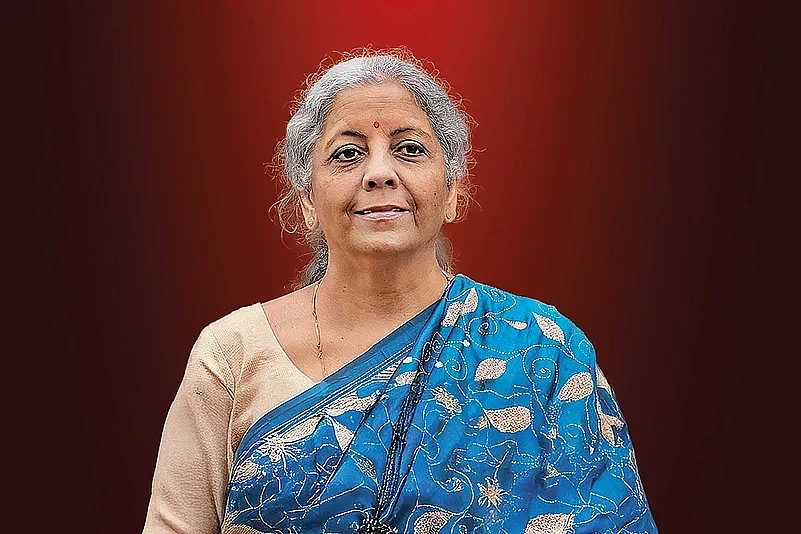09-JULY-2025,06:00PM Indian banks —the need to reevaluate and enhance their deposit mobilization strategies amidst an increasingly unstable interest rate environment. The report warns that a narrow focus on loan growth, without a robust deposit base, could expose banks to serious liquidity pressures and erode long-term profitability.
In the backdrop of rising inflation, unpredictable monetary policy shifts, and a changing depositor mindset, BCG suggests that Indian banks must become more agile and data-driven in their approach. The report titled “Winning in Uncertainty: Redefining Deposit Strategy” outlines specific measures for banks to maintain stability and competitiveness in this dynamic landscape.
The New Reality for Indian Banks
Indian Banks : Unstable Interest Rates Challenge Traditional Banking Models
In recent years, Indian monetary policy has taken dramatic turns to curb inflation and stabilize currency fluctuations. The Reserve Bank of India (RBI) has alternated between rate hikes and pauses, keeping banks on edge. According to BCG, this volatility has upended the conventional wisdom surrounding fixed and savings deposits.
For Indian banks, this means they can no longer rely on traditional deposit products to attract or retain customers. Savvy depositors, now aware of fluctuating rates and alternative investment tools (like mutual funds, gold bonds, or even digital assets), are more willing to move their money based on market returns.
Indian Banks : Deposits Lag Loan Growth
The report also underscores a worrisome gap between credit growth and deposit growth. While credit demand surged in FY24 across retail, corporate, and MSME segments, deposit growth lagged behind. This mismatch, if not corrected, could tighten liquidity and increase the cost of funds for Indian banks.
BCG warns that unless banks close this deposit gap soon, they could face margin pressures and potential difficulty in meeting capital adequacy and liquidity norms.
Indian Banks : Rethinking Deposit Strategy for Indian Banks
Segmented and Personalized Deposit Products
The BCG report advises Indian banks to abandon the one-size-fits-all deposit approach. Instead, they should deploy customer segmentation and behavioral analytics to create tailored deposit solutions. This includes customized interest rates, tenure flexibility, and even bundling deposits with lifestyle benefits or credit products.
For example, millennials may prefer high-liquidity deposits with digital features, while senior citizens may prioritise fixed income and safety. Understanding these micro-segments could help banks boost retention and reduce churn.
Digital Transformation Is Critical
Digital banking has reshaped how customers interact with financial institutions. BCG points out that Indian banks that leverage AI, big data, and predictive analytics can proactively offer better deposit options based on spending habits, income patterns, and saving behaviour.
Furthermore, mobile-first banking interfaces and digital campaigns could help reach underpenetrated rural and semi-urban markets, which remain a massive opportunity for deposit mobilization.
Competition Beyond Traditional Banks
Fintechs and NBFCs Are Disrupting the Market
One of the biggest external pressures on Indian banks comes from fintech firms and non-banking financial companies (NBFCs). These agile competitors offer higher interest rates on digital deposits, faster onboarding, and innovative loyalty schemes.
BCG’s report notes that traditional banks need to collaborate or compete more aggressively with these players by improving their product design, digitizing the onboarding experience, and enhancing the overall value proposition for depositors.
Alternative Assets Threaten Traditional Deposits
The rise of alternative investment channels—from mutual funds and SIPs to cryptocurrencies and gold ETFs—has siphoned off funds that might otherwise land in a savings or fixed deposit account. The younger demographic is increasingly risk-tolerant, and Indian banks must reposition deposit products not just as safe, but smart and integrated.
In this context, BCG suggests bundling deposit accounts with wealth management tools, insurance plans, or EMI-based reward points to retain deposit stickiness.
Policy and Regulatory Considerations
RBI’s Role in Stabilizing Deposit Ecosystem
BCG emphasizes that while Indian banks must evolve rapidly, regulators too need to provide a stable and transparent interest rate policy outlook. RBI’s guidance on term structure, liquidity infusion, and deposit insurance will play a pivotal role in helping banks design sustainable deposit strategies.
At the same time, prudential norms around liquidity coverage ratios (LCRs) and net stable funding ratios (NSFRs) should be balanced with growth goals so that banks can offer attractive deposit returns without exposing themselves to long-term risks.
Financial Literacy Campaigns Needed
To boost deposit growth, the report also urges Indian banks to invest in financial literacy programs, especially in Tier 2 and Tier 3 cities. These programs can demystify financial products and encourage people to opt for formal banking channels over informal savings.
The Jan Dhan Yojana and UPI have already created a foundation—now it’s time to build on that trust and bring the next wave of depositors into the fold.
Conclusion: Indian Banks at a Crossroads
The BCG report is a wake-up call for Indian banks. With fluctuating interest rates, changing depositor behavior, and digital disruption, the old playbook of relying on fixed deposits and branch banking no longer suffices. It is imperative for banks to modernize deposit strategies, embrace digital transformation, and offer personalized solutions that meet the evolving needs of India’s banking population.
Failure to act now may result in liquidity stress, rising costs, and lost market share to fintechs and NBFCs. But for those who adapt, a new era of intelligent banking awaits—one that is responsive, data-driven, and deeply customer-centric.
Source : ANI





